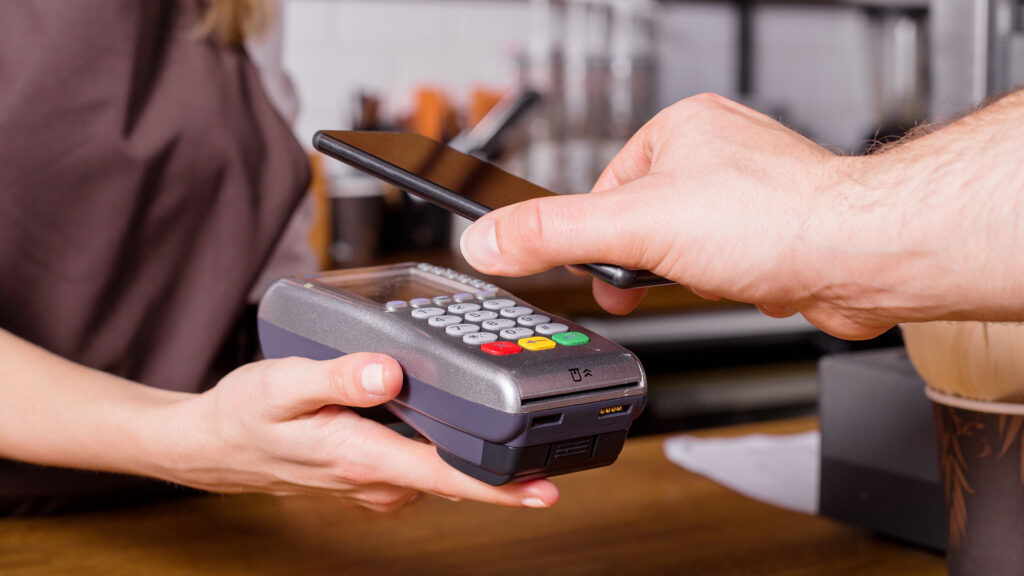Who Needs a Wallet When You Have a Phone?
• 3 min read
- Brief: Banking

Get the latest in Research & Insights
Sign up to receive a weekly email summary of new articles posted to AMG Research & Insights.

In the last century, people used to write checks and had to show identification to make a purchase or receive cash. Then we started using plastic cards for those transactions. Credit and bank cards were just more convenient, even if the risk of fraud and theft were greater.
These days, we can pay for purchases with our phones and watches and leave our wallets and identification at home. You almost never need cash. Nearly any daily financial transaction can be conducted on your phone—even more convenient and safer from a security standpoint.
A recent study noted that 54% of consumers use digital wallets because they are convenient, and 43% use them because they are fast. Overall adoption is expected to grow to 64% by the end of this year while millennials are already at 63%.
A digital wallet is a virtual financial system residing on a mobile device that functions similarly to a physical wallet. In addition to credit and debit cards, digital wallets can also store rewards/loyalty cards, gift cards, boarding passes, movie and game tickets, insurance cards, and more. They can be used to make in-store and e-commerce purchases, collect rewards, gain admission to events and more. There is no card information stored on your device or shared when you pay. Cashiers or clerks never see your name, card numbers or security code. Your purchase is protected. In many instances, that can mean that you won’t be held responsible if you promptly report any unauthorized transactions. Digital wallets differ from digital-payment and retailer apps. Digital-payments apps, such as Zelle or Venmo, allow businesses and consumers to transfer money from one bank account to another. Unlike a digital wallet, they do not provide the ability to store additional documents, such as airline or game tickets.
Retailer apps for companies like Target and Walmart allow consumers to browse for goods at the select retailer and purchase goods through a payment instrument, such as a credit/debit card or gift card. Unlike digital wallets, retail apps only work at that specific merchant.
The three most common platforms for mobile wallets are Apple Pay, Google Pay or Samsung Pay. They provide security and fraud protection using a unique device-account number or a transaction-specific security code to process any payment. None of the platforms reveal the user’s card details to the vendor. Your identification is set up in your device using biometrics such as facial or fingerprint recognition. For larger purchases, a PIN is required, which helps mitigate the risk of fraud if you lose your device. Other security measures may include two-factor authentication, real-time notifications, and tokenization, making digital wallets a safer way to store sensitive information.
This information is for general information use only. It is not tailored to any specific situation, is not intended to be investment, tax, financial, legal, or other advice and should not be relied on as such. AMG’s opinions are subject to change without notice, and this report may not be updated to reflect changes in opinion. Forecasts, estimates, and certain other information contained herein are based on proprietary research and should not be considered investment advice or a recommendation to buy, sell or hold any particular security, strategy, or investment product.
Get the latest in Research & Insights
Sign up to receive a weekly email summary of new articles posted to AMG Research & Insights.


